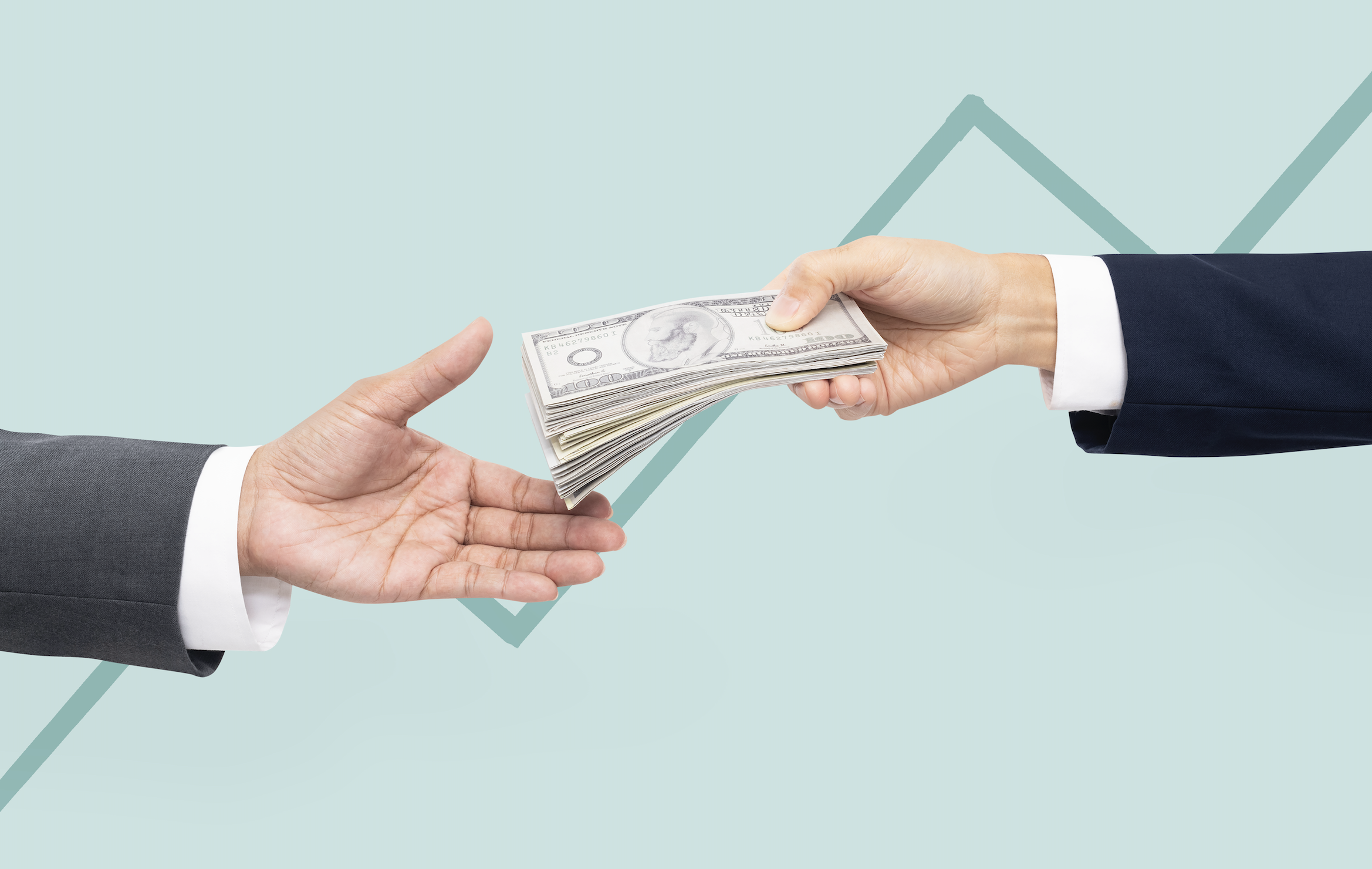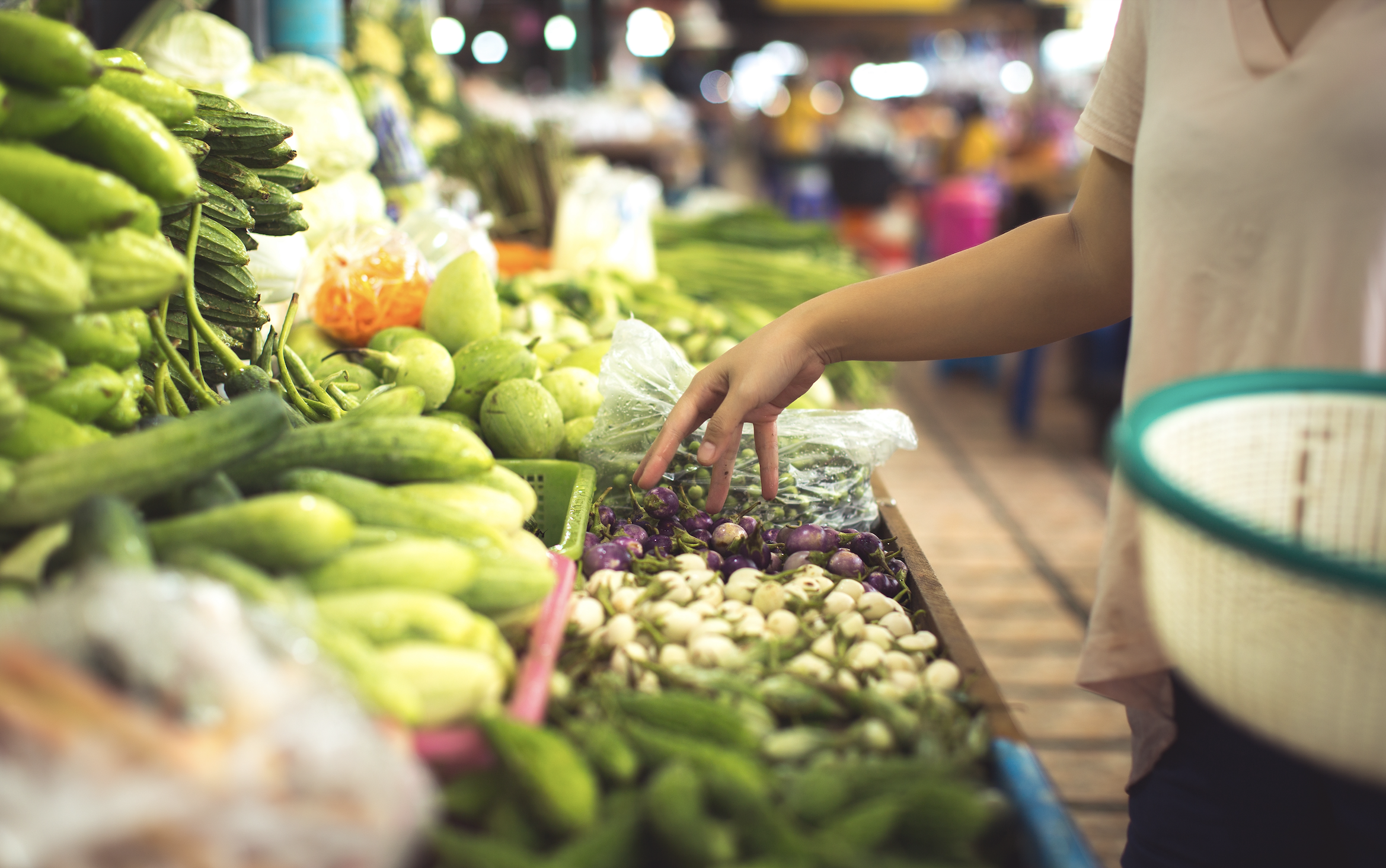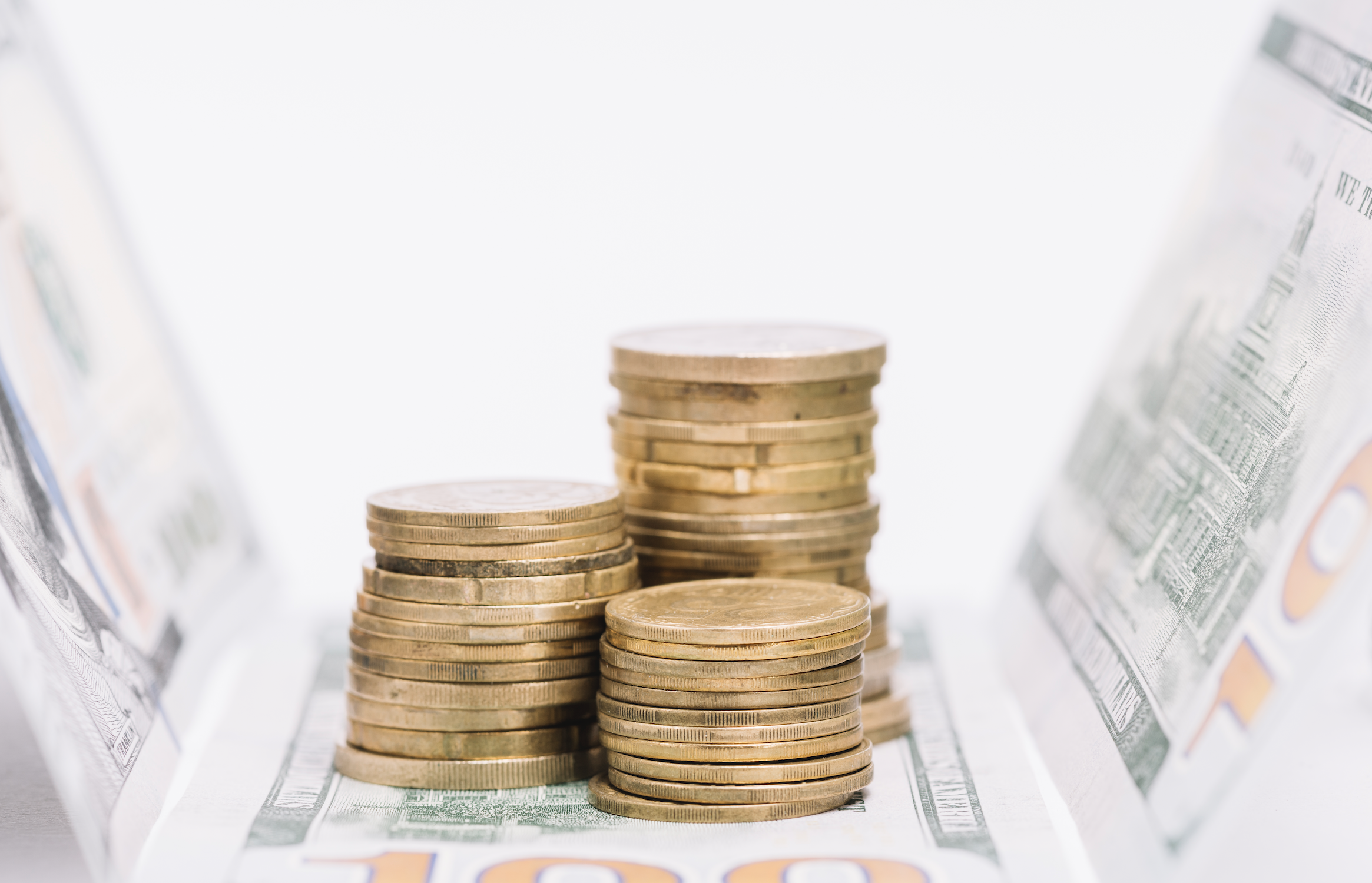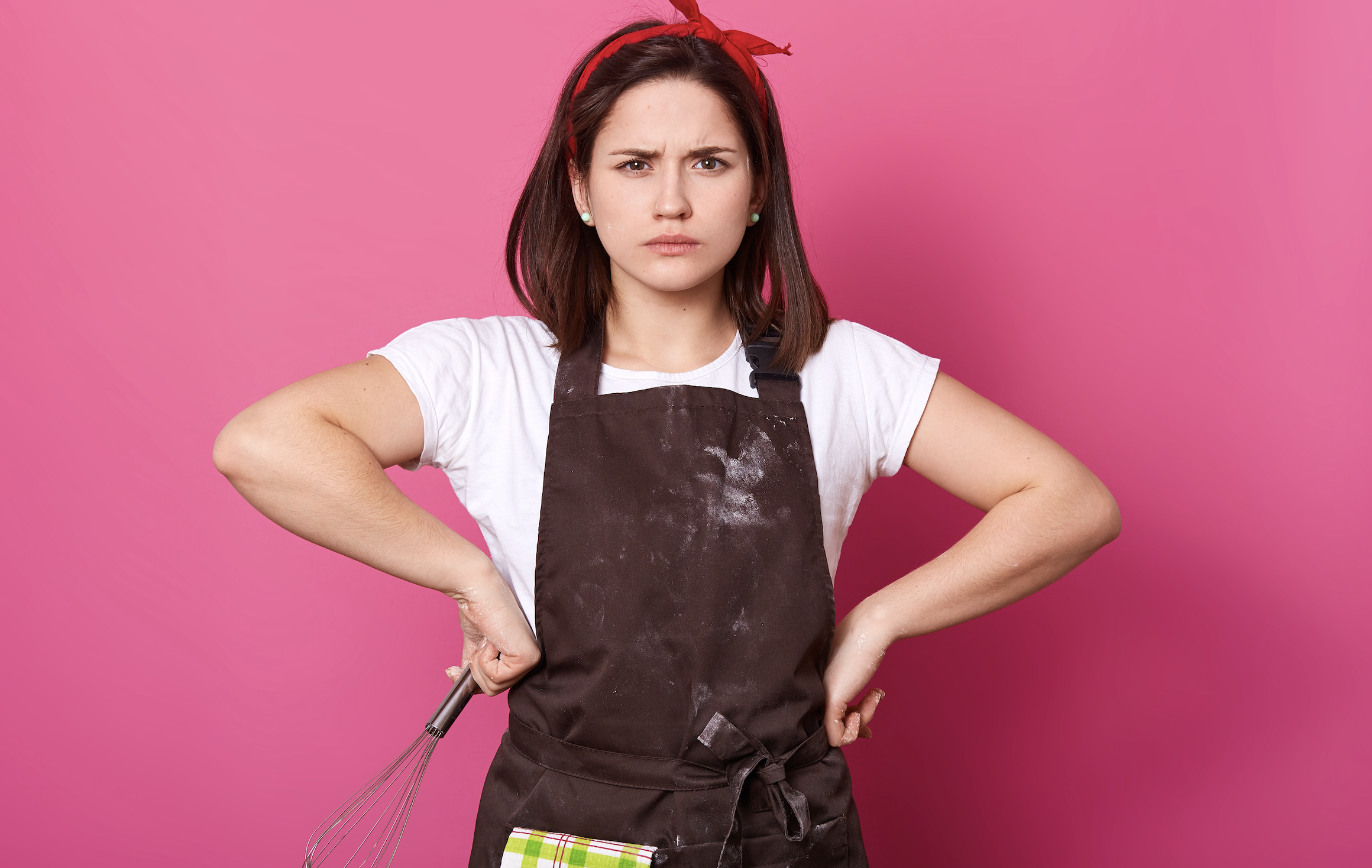6 KEY KPIs You Should Use to Measure Your Restaurant’s Health and Success
Is your restaurant healthy and primed for future success? Find out with these 6 tools!

Contents
How Do You Tell if Your Restaurant is Healthy?
There are some key KPIs that you should be using when measuring the health of your restaurant. While profits are certainly a good indicator of success, they they cannot show areas where your business could improve and make even more money over time.
Given that the restaurant industry is fast-paced, relentless and ever-changing, you’ll want to squeeze as much efficiency, profits and success out of your restaurant as possible. Without a core set of measurable KPIs, understanding the nitty-gritty of your restaurant business can be near-impossible.
So, if you’re unsure about the health of your restaurant business or just want to see if you can push your success further, take a look at the following 6 KPIs and see how your restaurant business stacks up.
1. Sales and Profit
Let’s start with perhaps the most obvious indicator of a restaurant’s health and success. The sales, and ultimately, the profit a restaurant makes is what can keep a business running in the long term or tank very quickly.
When it comes to sales, there are two major things to calculate:
• Your break-even point
• Your gross profit
Calculating Your Restaurant’s Break-Even Point
Your break-even point measures the volume of sales required for you to make back your monetary investment.
You’ll need to know 3 metrics to measure your break-even point
• Total sales
• Total fixed costs (costs that don’t change regardless of output. Eg. Salaries, rent, loan payments)
• Total variable costs (Costs that change with output amount. Eg. Ingredient costs, taxes, utilities)
Restaurant Break-Even Point Formula:
Break-Even Point =
Total Fixed Cost
_______________________________________________
((Total Sales – Total Variable Costs) / Total Sales)
Calculating Your Restaurant’s Gross Profit
Your restaurant’s gross profit lets you know how much money your restaurant is making after taking into account the cost of goods sold.
You’ll need to know 2 metrics to measure your gross profit
• Total sales
• Cost of goods sold (COGS)
Restaurant Gross Profit Formula:
Gross Profit = Total Sales – COGS

2. Historical Sales
Now that you know how to calculate your break-even point and gross profit, you should also track your sales over time. Use your restaurant’s POS system to keep detailed breakdowns of what menu items are selling the most, how your sales fluctuate throughout the year and how much profit you make over time.
You should make it a habit to check weekly, monthly and yearly sales data and analytics regularly so that you can spot patterns and act upon them. This could be something as general as noticing that there are seasonal fluctuations in sales for your restaurant, which means you can buy fewer ingredients during non-peak months, or something as detailed as noticing a certain menu item does really well in the summer, for example, and then pushing it during that season.
Paying attention to historical sales trends can give you valuable insights into how your business operates and can help you make informed decisions that could lead to more success down the line.

3. Labor Costs
Without a great team of staff, your business cannot function at its best. However, it’s also important not to be spending too much on staff costs. On average, restaurants spend 30-35% of total revenue on staff costs. If your staff costs are much higher than this percentage, it might be time to look into utilizing technology to help automate parts of your business and remove redundant tasks. Cloud-based F&B solutions are great at saving staff time and removing unnecessary costs. For example, your POS would send orders directly to the kitchen via a kitchen display system (KDS) so that staff don’t need to run between the dining area and kitchen to manually deliver tickets.

4. Cost of Goods
Another great indicator of restaurant health is how high your cost of goods are. If you are spending a disproportionate amount of resources on these types of costs, it is an indicator of poor restaurant health and could lead to lower profits in the future.
One of the biggest costs in a restaurant is the food cost percentage.
Calculating Your Restaurant’s Food Cost Percentage
Your restaurant’s food cost percentage should be around 28-35% according to industry estimates. Please note that this number may fluctuate based on the type of restaurant you run. For example, fast food usually has higher margins and lower food costs while table-service restaurants usually have lower margins and higher food costs.
There are 2 steps to calculating food cost percentage
1. Calculate food cost
2. Calculate food cost percentage
You’ll need to know 4 metrics to calculate your food cost
• Opening inventory (cost of food at beginning of measured period)
• Product (new food you buy during measured period)
• Ending Inventory (left over food at the end of measured period)
• Sales (total amount of food sold during measured period)
Food Cost Formula:
Food Cost = (OI + P – EI)
_____________
S
With food cost calculated, we can now calculate food cost percentage.
Food Cost Percentage Formula
Food Cost Percentage = Food Cost
____________
Total Sales

5. Prime Cost
Calculating your restaurant’s prime cost is essential to determining overall health and future success. The prime cost, as the name suggests, is likely to be the largest cost your restaurant incurs. Essentially, the prime cost is your restaurant’s total labor costs added to your COGS.
It is a safe estimate to say that your restaurant’s prime cost should fall in the range of 60-65%.
You’ll need to know 2 metrics to calculate your prime cost
• Total labor costs
• COGS
Prime Cost Formula
Prime cost = labor costs + COGS
With the prime cost calculated, we can determine what your prime cost is as a percentage of sales. Most restaurants will find the optimum percentage of prime cost should be 60% of total food and beverage sales.
You’ll need to know 2 metrics to calculate your prime cost as percentage of sales
• Prime cost
• Total sales
Prime Cost as Percentage of Sales Formula
Prime Cost as Percentage of Sales = Prime Cost
____________
Total Sales

6. Turnover Rate
Turnover rate is essentially how quickly your staff come and go. Having a high turnover rate is definitely an indication of an unhealthy restaurant. While it may seem easy enough to replace staff regularly, there are several hidden costs that all add up. Cornell University suggests that turnover costs for an average front-line employee are $5,864 per person, which could be severely damaging your restaurant business.

Is Your Business Healthy and Geared for Success?
With these 6 KPIs at your disposal, you can easily check if your restaurant business is performing well or needs work to ensure its long-term success. With the right POS system and data tools, you should be able to access all the necessary figures simply and easily. Make sure you review these KPIs regularly and course correct if you find your business performing poorly in any of these metrics.